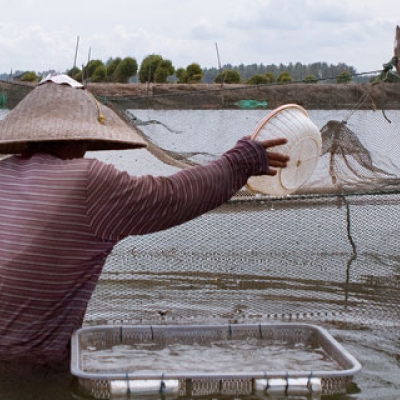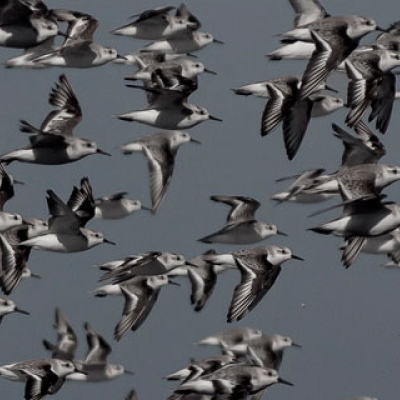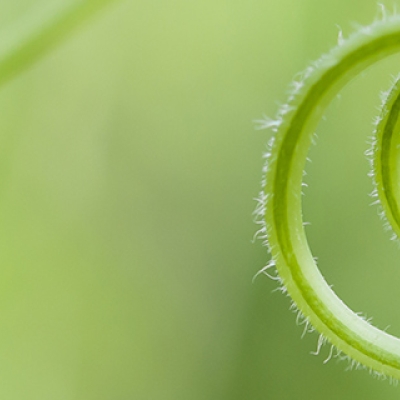
And Winter Broke
By Cristina Eisenberg / On March 31st, 2011
In March I participated in a University of Nebraska literary retreat at the Platte River Whooping Crane Maintenance Trust. It was the climax of spring migration on the river, where sandhill cranes pause to feed during their 5,000 mile journey from Mexico to as far as Siberia. I spent my time there ensconced in a primitive blind with several eminent poets, bearing witness to the cranes' sempiternal return. Fossil evidence suggests that cranes have been stopping at this place on their journey north for the past 10 million years.



